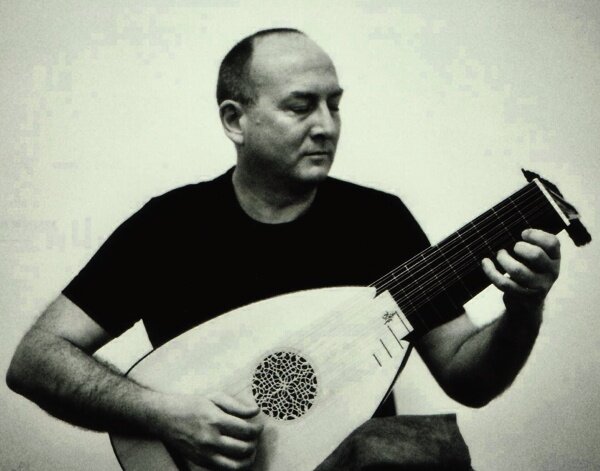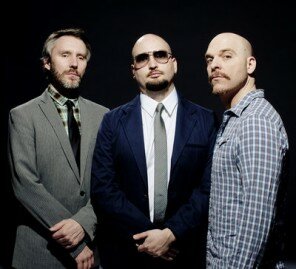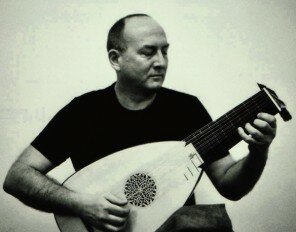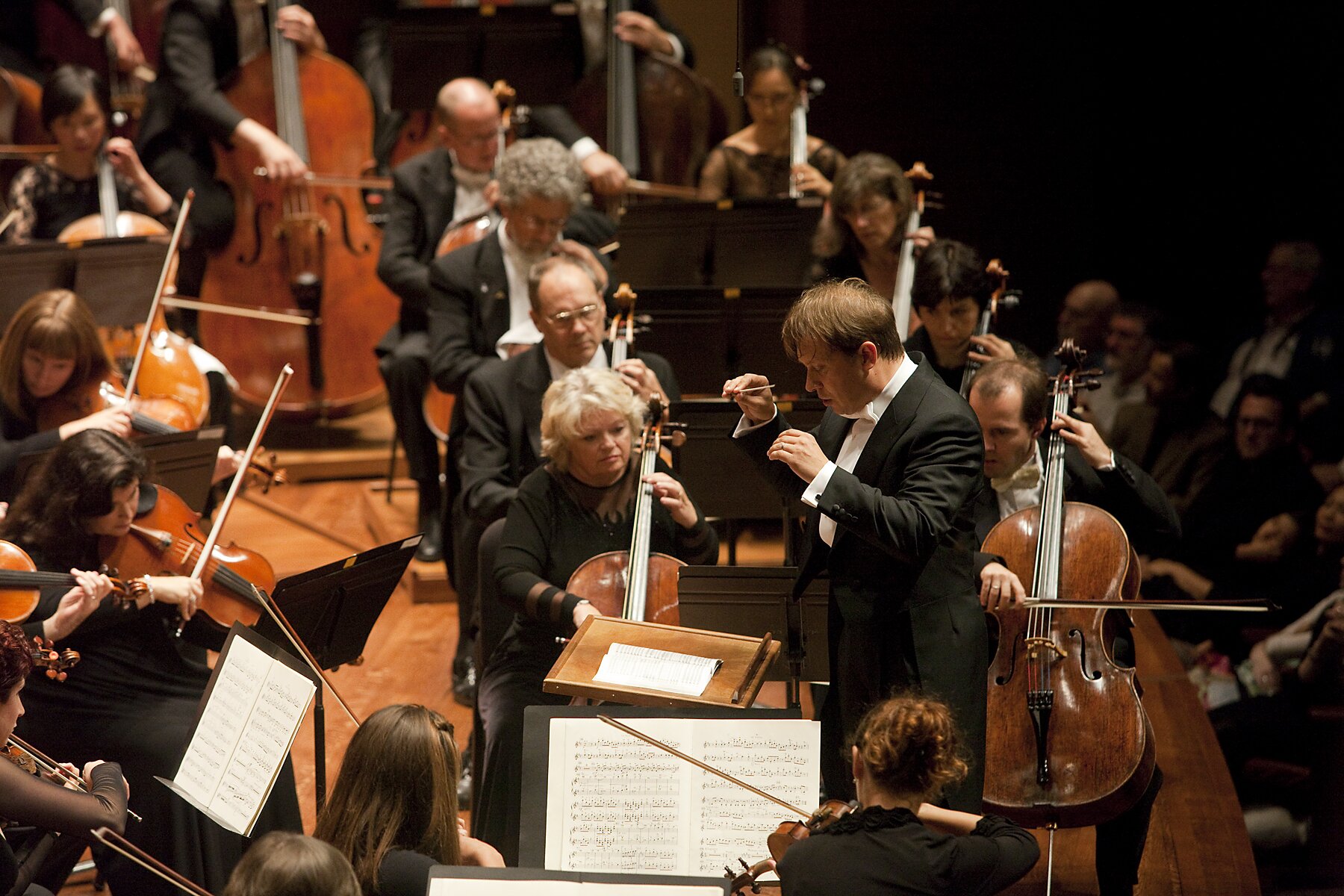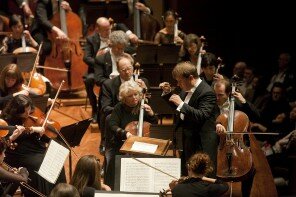Seattle Symphony performed Stravinsky’s three impressive ballet scores, The Firebird, Petrushka, and The Rite of Spring last week, to an enthusiastic audience. One doesn’t often see all three ballets performed in one program; the result was an evening of intense musical textures, with primal undertones.
This was a long show, spanning three hours from start to finish if you include the intermissions. Call me crazy, but maybe three hours of Stravinsky is too much – I think a shorter program would have been more successful. However, that being said, the audience last Thursday was utterly enthralled, so it’s possible that I was in the sleepy “hello, I still have to face Seattle traffic in my commute to work tomorrow” minority.
The symphony first presented the original 1910 complete ballet score of The Firebird, an iconic piece of classical music with an asymmetrical but pleasing melody. Overall, the symphony was solid, presenting this familiar work in a new light, emphasizing all the textural and melodic painting with which Stravinsky creates his shimmering musical landscapes. The horn soloist, Jeff Fair, brought a sweet yet robust sound to his solo passages. However, not all soloists were so successful: I found that the flautist, Alexander Lipay, was a touch breathy and square in his phrasing in this piece. To be fair, I may be comparing him with my listening of CSO flautist Mathieu Dufour, which I’m not entirely sure is fair. I did feel that the woodwinds in general were somewhat flat in terms of color and interpretation of phrase, so it’s possible this was an overall stylistic choice, not merely a choice by Lipay himself. Nonetheless, despite these minor sections, the piece overall felt true to Stravinsky’s fantastical vision, emphasizing color, texture, as well as some really masterful melodic storytelling, bringing the Firebird to life.
Stravinsky’s Petrushka, from 1947, was just if not more successful than the previous piece. Principals Seth Krimsky (clarinet) and Ben Hausmann (oboe) really nailed this piece with its switches from folksy to intense. In my opinion, Lipay’s performance improved greatly in this piece, achieving a lighter color more suited to the music. The percussion section was particularly attentive to the conductor, and I enjoyed the various dynamic changes that were really on showcase in this piece. I felt the symphony used the Russian folktunes as a pop of musical color that grounded the piece as a whole, which worked for me.
The Rite of Spring is always wonderful for its bizarre rhythms, catchy but offbeat percussion, and generally strange ferocity. It’s one of those few pieces which is just plain fun to listen to – there’s something shocking about its in-your-face assertiveness even today that really affects an audience. The symphony performed this one admirably, with Ludovic giving it his all on the podium. He may be of small stature, but he sure is fun to watch when he gets excited – and it’s fun to watch him interact with the musicians who so clearly enjoy working with him. The brass in this piece took it to the next level, with not only clean work but well tempered dynamics ranging from all out blast-the-roof-off to tense but well-timed bursts. Of particular note were some gorgeous moments of clear unadulterated sound from trombonist Ko-Ichiro Yamamoto. This Rite of Spring was well done, retaining the teeth and snap inherent in the score.
I’ll be observing the “Rite of Summer,” aka, waiting for the season to start up again, as Seattle Symphony wraps up its season.
